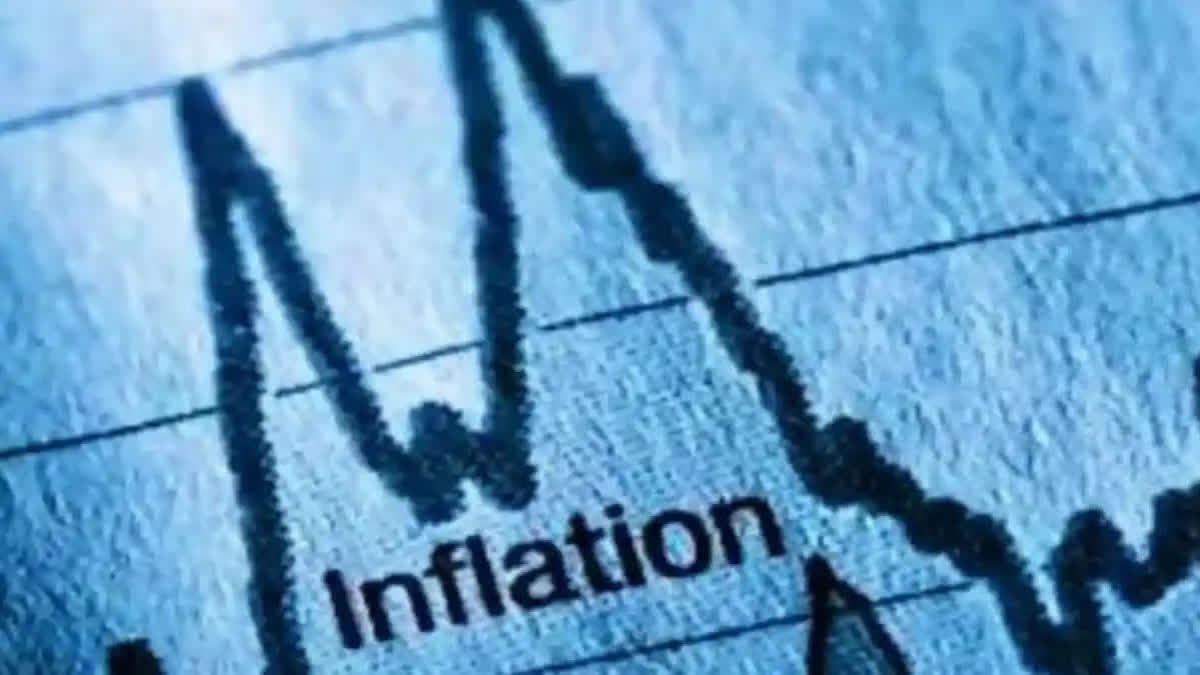The inflation targeting versus economic growth debate, which was going on for quite some time among the policymakers, was reignited when the economic survey for the last financial year was presented by the government in the Parliament last month. Among other things, the survey suggested that food inflation should be kept out of the government’s inflation-targeting framework under the law. It also rekindled the old debate about whether the RBI should target inflation or focus more on supporting growth for an emerging economy such as India.
There are no easy answers as the growth versus inflation targeting debate has puzzled economists for a long time. As per Section 45ZA of the Reserve Bank of India Act of 1934, the Central Government decides the inflation target for the Consumer Price Index (CPI) for a five-year period and notifies it in the official gazette. Under the law, the RBI is mandated to keep retail prices in the country within the band set by the government and if it fails to keep the CPI within the target band then it is required to explain the reasons to the government for its failure and recommend remedial measures.
This legal provision makes it clear that of the two objectives, the primary task of the RBI is to manage inflation in the country while supporting economic growth through its monetary policy measures.
However, in the third meeting of the monetary policy in the current financial year, this old debate of inflation versus growth sharply divided panel members. Two of the panel members Dr Ashima Goyal, who is an Emeritus Professor at Indira Gandhi Institute of Development Research in Mumbai and Dr. Jayanth R Varma who is a Professor at the Indian Institute of Management, in Ahmedabad sharply differed from the rest of the members in their monetary policy prescription for the Indian economy.
In May 2022, the Reserve Bank of India reversed the policy of a low interest rate regime which was adopted in the wake of the unprecedented outbreak of the Covid-19 global pandemic in early 2022. As a result, the RBI has increased the benchmark interest rate by 2.5 percent (250 basis points) since May 2022 in a calibrated manner to keep retail inflation under control.
However, there has been a growing demand for quite some time that the Reserve Bank should start cutting the repo rate to shore up GDP growth. This month’s monetary policy meeting is the 9th straight policy meeting when the Reserve Bank has maintained the status quo about the repo rate. However, the decision was not unanimous as Ashima Goyal and Jayanth R Varma differed with this view but were overruled by the majority view of the members.
Both of them wanted a reduction of 25 basis points in the repo rate to boost the economic growth and they also voted in favour of changing the stances from withdrawal of the accommodation to neutral.
Jayanth R Varma was categorical in his difference with the majority view. In his statement, Dr Varma said that for the last several meetings, he had been expressing concerns about the unacceptable growth sacrifice induced by a monetary policy that is ‘excessively restrictive’.
